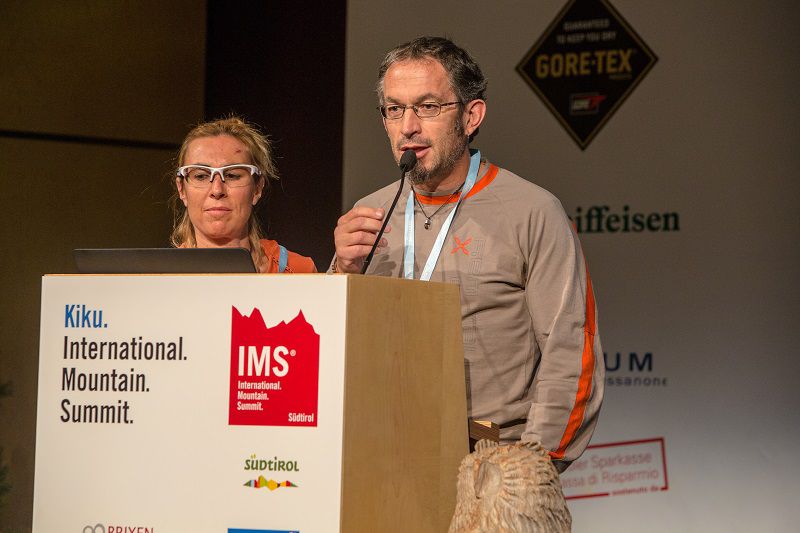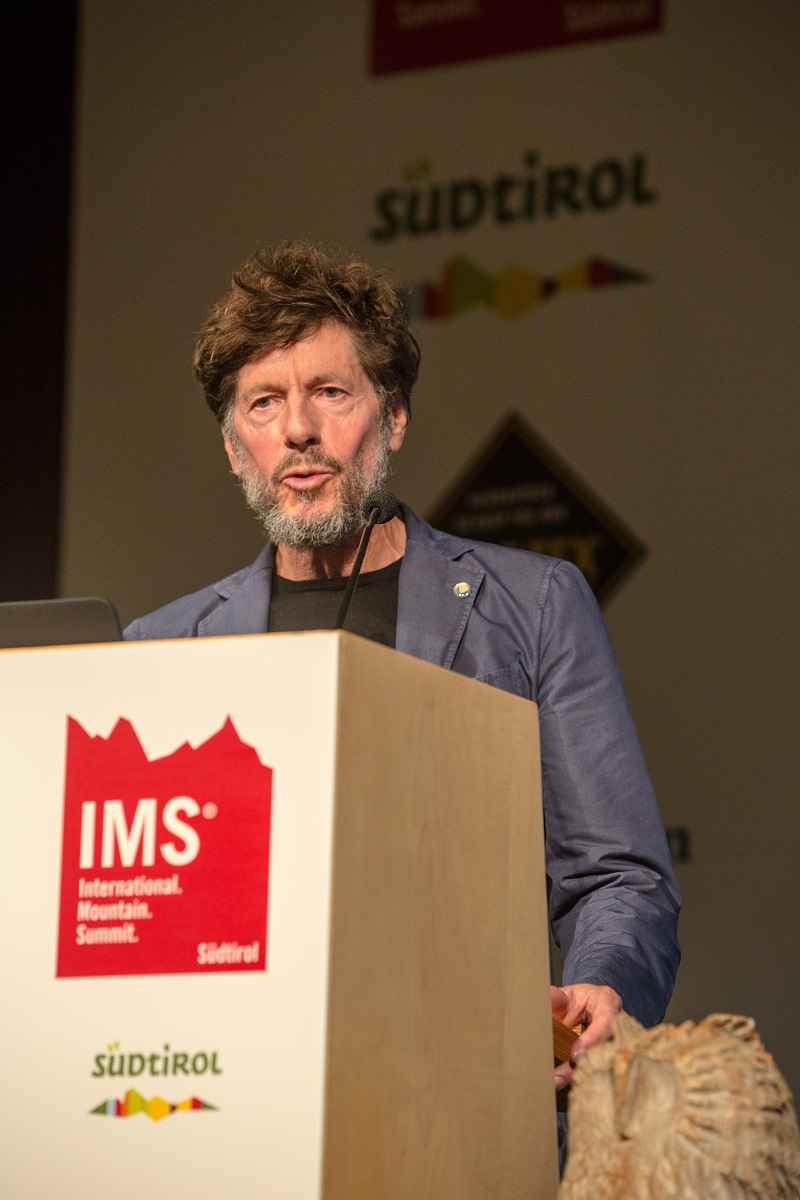Kruder Siblings conquer iconic Verzasca Dam
second edition, attracted 24 of the world's best…

Doping in a competitive society has turned into a social phenomenon and is considered to be unstoppable, even in mountain sports. Now that mountain sports have also been affected, the explosive topic of doping has reached new sports' circles. Is enlightenment and more ethics needed in mountain sports?
Peter Bärtsch, former Chief Physician and Emeritus Professor for Sports Medicine at the University of Heidelberg (Germany), identifies the main reason for taking medications as the too short amount of time allotted for acclimatization which can lead to symptoms such as headache, loss of appetite, dizziness, insomnia and vomiting. Even the best fitness program does not protect someone from mountain sickness. Marco Maggiorini, Head of the Medical Intensive Care Unit in Zürich (Switzerland), adds that vulnerability for mountain sickness depends on the altitude, the medical history and the acclimatization time. The ingestion of various medications may prevent some illnesses. The active ingredient acetazolamide e.g. provokes a more acidic blood and a faster regression of the typical signs of mountain sickness. The active ingredient dexamethasone is used by mountaineers for mild symptoms and especially for the prophylaxis of mountain sickness.
Both active ingredients have side effects, such as damage to the gastric mucosa and a clouding of consciousness. From an ethical standpoint, the usage of medications is up to one's own personal discretion. Dexamethasone can’t be used more than seven days in a row according to the test report and it contains far more risk factors than acetazolamide.
Both mountain sickness as well as symptoms of a cerebral or pulmonary edema can be life - threatening. Therefore the best medicine is a fast descent. Both active ingredients can be used for the prevention of altitude sickness, but the basic solution for preventing mountain sickness is still allowing a long enough amount of time to acclimatize. Martin Burtscher, Head of the Institute at the University Innsbruck, has stated in his analysis that these medications are highly accepted and are most likely used by 50% to 100% of all mountaineers. Even doctors have recommended, in part, the usage of medications. Burtscher shares his experiences as a mountain guide. Without a prior medical examination, dizziness, nausea and difficulties in concentration which stem from altitude sickness can lead to safety concerns among 50 percent of the participants. Medications can thereby reduce this safety risk to a minimum. A systematic attempt at doping in mass mountain sports does not appear to be the case, says Burtscher. It is especially elderly people who take medications for medical reasons.
But even spending enough time for the acclimatization process does not deter many from using substances to improve performance. Urs Hefti, Swiss specialist for internal medicine, reveals that during a test experiment every subject had taken, on their own, a medication for five days in a row, even if there was no recommendation for it. He states that “It's a mental error when one's first thought is to think of taking medications”. Instead, he suggests taking one's time during the ascent. Studies confirm that the probability of reaching the peak is greater, the less one's elevation gain is during the acclimatization phase. He also says that one should take a more relaxed approach to the topic of doping, acknowledging however, that one must be made aware of the consequences and side effects so as not to be in danger in high altitudes.

In addition to discussing what is known medically, socio-psychological aspects of doping were also discussed. Peter Koler, head of the specialty department “Forum Prävention” sees a change in sports behavior in society especially in how the body is being “athleticized”. Today one looks at the body as something that can be shaped. This fact is being used now more often by advertising and pharmaceutical groups, with the implication that becoming a “hero” can be done very easily and risk-free by taking substances which make possible an improvement in one's own performance. Koler also states that the borders between what is considered to be legal and illegal are becoming more and more blurred. “Doping” the body is neither socially nor legally acceptable whereas “shaping” the body is acceptable even if in the shaping process there are hidden doping substances.
Prof. Dr. Marlis Prinzing, journalist and media researcher, claims that there is some catching up to do when talking about “an ethical and mountain sports ethical compass” and that journalists have a responsibility in this regard. Doping is a topic in roughly one to three percent of media reports. What is published focuses on winner types and record-seeking and involuntarily leads to the advertising of doping. The way to change this, is for the media to realize that they are part of the game and to become more pro-active. Moreover, to guarantee high-quality sports reporting with an ethical compass, one can't be afraid of telling the whole story, pointing out correlations where they exist and naming the negatives as well.
Winning without doping is possible. Francesca Canepa is currently the strongest Italian trailrunner. She’s one of the best worldwide. Totally without doping. Her motto: set yourself a new goal every time, assess yourself, plan recovery phases and have the right mental approach to keeping sport healthy. What is more, it’s important to perceive one's abilities correctly and to accept the effort that needs to be made. But it isn‘t always as simple as that: In other sports the doping problem doesn't depend on oneself but rather on the structure and non-transparency of the system. When one takes as an example cycling, the pressure is systematically put on athletes and an illegal behavior is internalized as being better than it is. Jörg Jaksche, a former professional cyclist, had doped himself and had thereby become part of the doping scandal surrounding Eufemiano Fuentes in 2006. He confessed to having used doping substances and afterwards never returned to cycling. In his opinion, the most important thing would be - - also in the case of mountain sports - - to think out of the box, looking at the systematic characteristics of each sport in order to determine dependency correlations and to discuss them.
The congress was organized by Dr. Luigi Festi and the local Alpine Club AVS (Alpenverein Südtirol).
The Kiku. International Mountain Summit is supported by KIKU, GORE-TEX®, MARMOT, BMW, Raiffeisen, Forum and the municipality of Brixen, Foundation Südtiroler Sparkasse and the umbrella brand South Tyrol.
Source: http://www.ims.bz